As FERMA celebrates its 50th birthday, StrategicRISK Magazine spoke to its board members and risk leaders about how the risk landscape is changing and the priorities for the future. Here Valentina Paduano, chief risk & compliance officer, Dedalus Group shares her insights
This is the fourth in a series of interviews, which will published weekly.
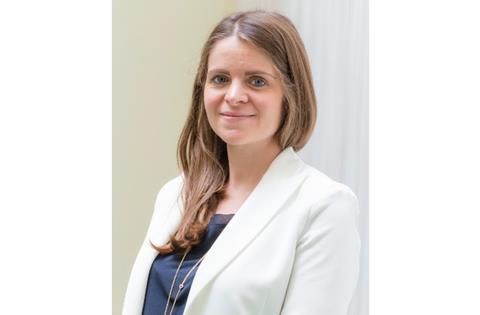
How has the risk landscape changed in the last 50 years?
The speed with which the context has evolved has increased significantly, and the number of interrelated factors has led to risks of a different nature emerging with equal rapidity.
This is also a consequence of the fact that globalisation has led to an ever-widening scope of attention: whereas previously a war such as the Ukraine-Russia war had territorial effects that were limited to the context of the conflict, today any such event has global effects across the macroeconomic and social context.
How has risk management as a profession changed in the last 50 years?
The profession has changed as a consequence of the changing risk landscape. In response to the increasing number and type of emerging risks, risk managers must be more flexible and able to adapt their approach and mindset to them.
The risk manager is elevated to a key function, rising up the hierarchy of the organisation, and therefore they need to increase their competences and knowledge, adopt a more strategic approach and understand the effects on the business within a complex industrial context. Risk managers must know how to sit at the tables of top management.
The role of the risk manager is no longer just that of a technician.
How has FERMA and its role changed in that time?
FERMA has supported risk managers in this transition, providing the stimuli to reflect on relevant topics. As the scope of the risk landscape has expanded, FERMA has moved closer and closer to the national associations precisely in order to better understand the local risk context and understand their effects at European level.
The approach of FERMA has changed from being reactive (events happened and we analysed their effects retrospectively) to anticipating change (today we look to analyse different contexts and prevent risks and their consequences). In this regard, the advocacy and relationship with European institutions, including through the work of the FERMA Committees, has been fundamental.
What are the top risk management priorities for the future?
Risk transitioning to a sustainable business context: in particular, risks related to climate change, biodiversity and supply chain.
Each of these is a complex matter requiring technical expertise and a cross-functional vision and approach, starting from the need to comply with specific regulations to adopting the most effective strategy and understanding the business implications.
In this context, the role of the FERMA Sustainability Committee will be crucial to supporting risk managers, as well as the FERMA network to understanding the changing environment and market trends and to motivating risk managers to adopt the most effective risk management approach.
How does the industry need to adapt to keep pace with changing risks
Risk managers must ensure there is a clear strategic vision of risk management within the organization and through to the top management as well as having Board-level engagement.
Risk, financials and sustainability are cross-related topics to be managed in a coordinated manner with the same overarching purpose and within an integrated business plan.





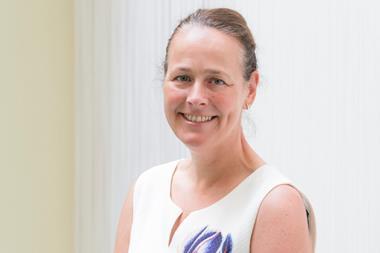


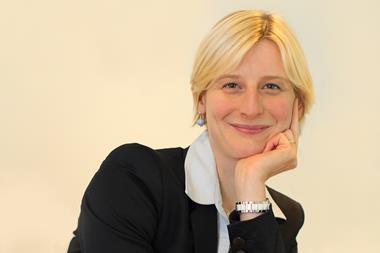
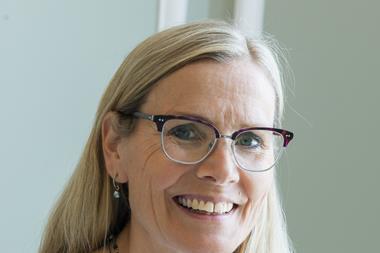
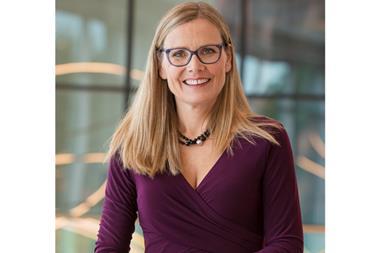




No comments yet